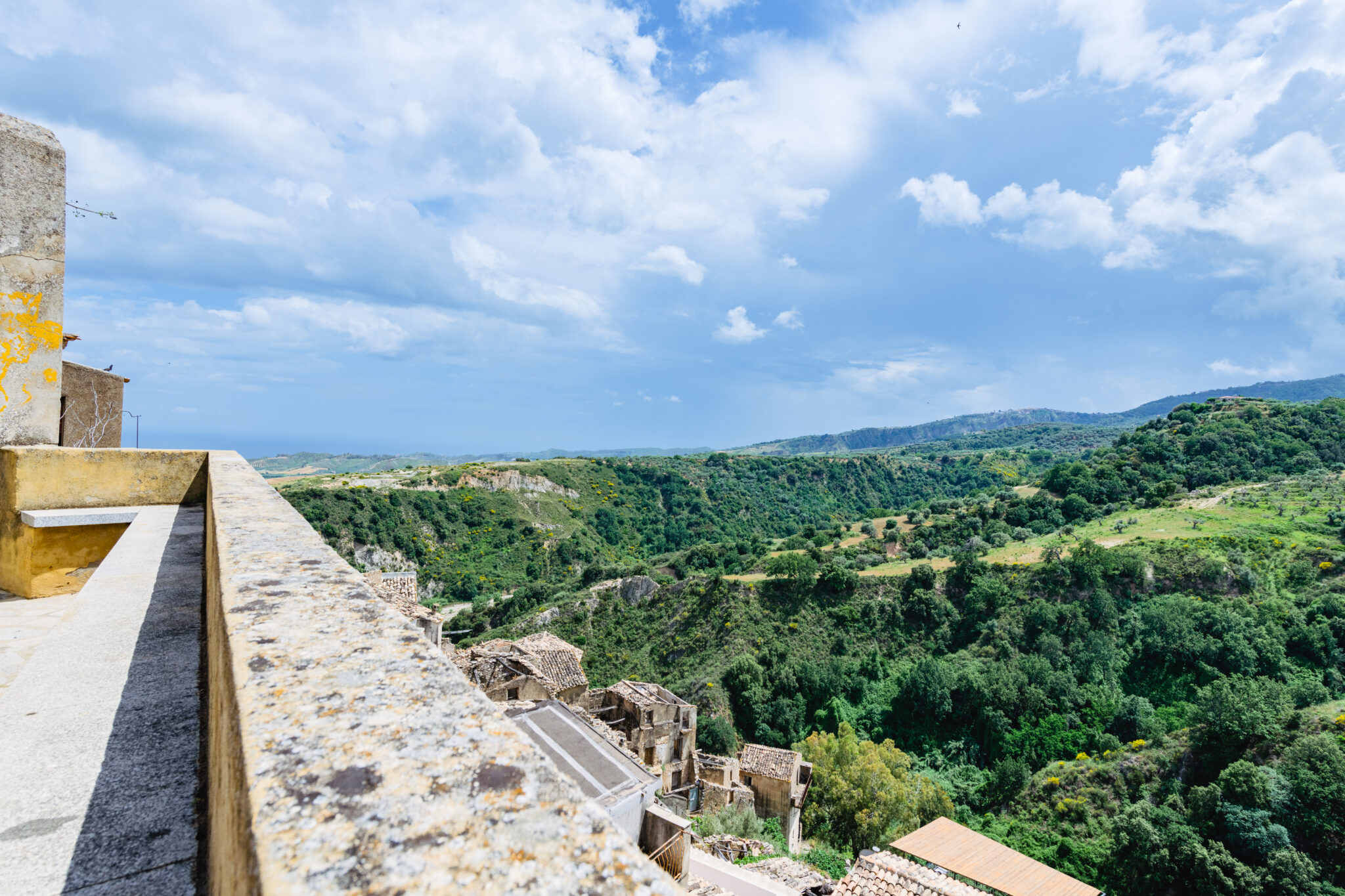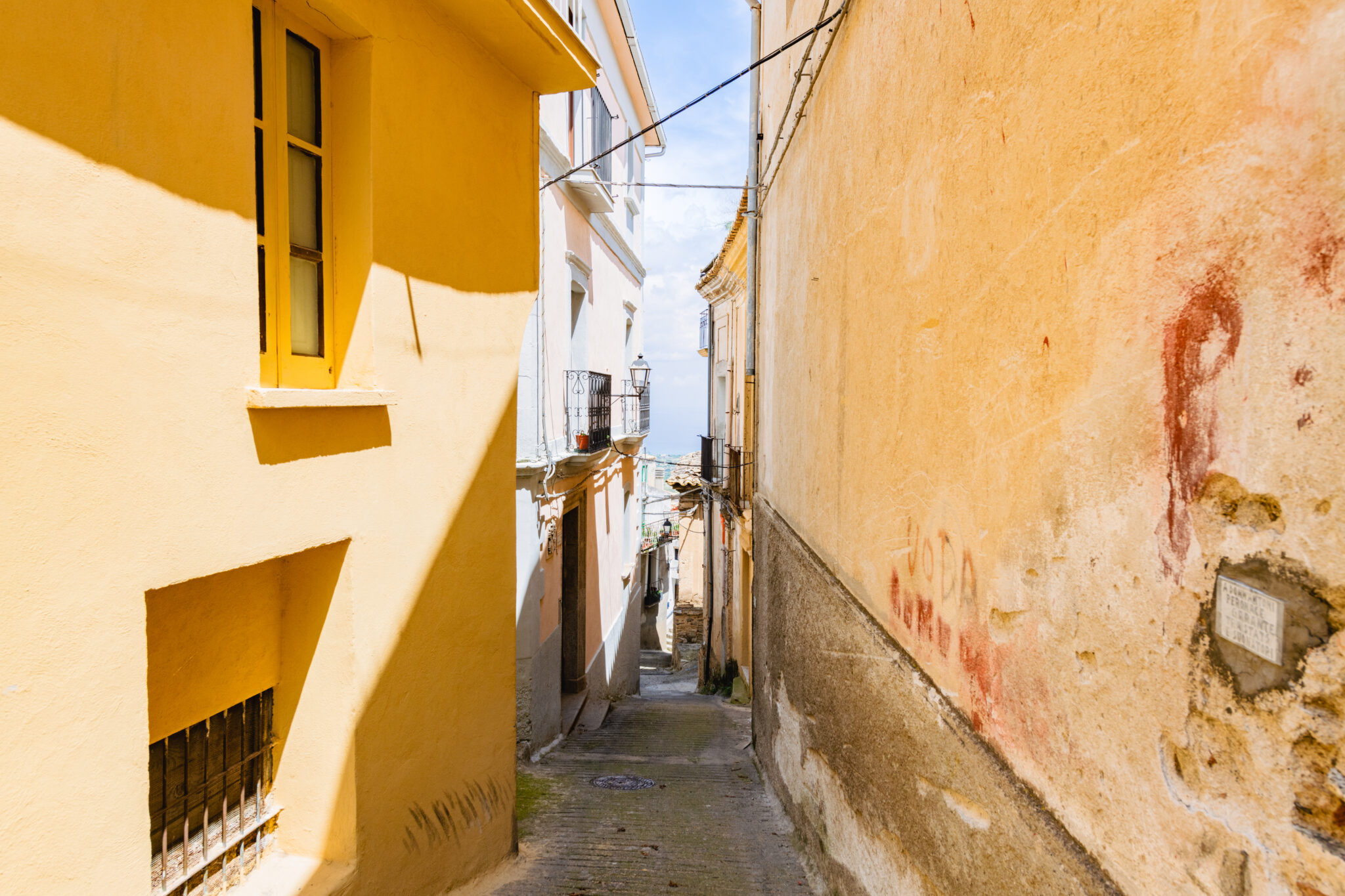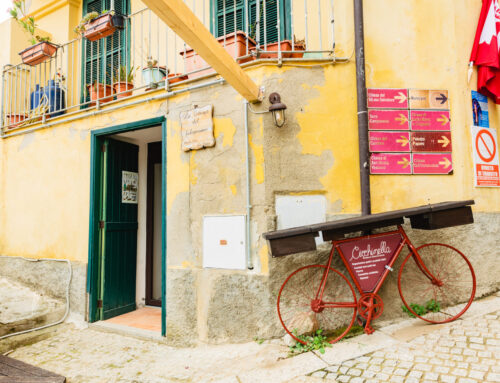The first traces of this church date back to the 14th century. For centuries it was one of the parishes of Badolato.
Among its parish priests was Don Giuseppe Menniti, a graduate in civil and canon law, an educated man who met Gissing during his trip to Calabria in 1899.
For most of the twentieth century, the parish was run by Don Francesco Caporale, a graduate in both civil and canon law, who was knowledgeable and active in social politics.
The church, damaged by the flood of 1951, was restored and partially redesigned during the restoration works.
It was the richest parish church in the city, when wealth consisted of immovable assets such as agricultural land, which now has little value.
Among the few paintings inside is a large canvas commissioned by the parish priest, Don Francesco Caporale, to Zimatore, a famous painter from Pizzo Calabro. It depicts one of the most famous miracles of Saint Nicholas, who intervened during a famine.
For lack of priests and faithful, the church has been closed to worship for decades, but the square in front of it comes alive several times during the summer with popular events.
Saint Nicholas’s Square
Situated in Corso Umberto I in Jusutèrra, where Via Vittorio Emanuele III ends, Piazza San Nicola owes its existence to the filling in of the pit created during the construction of the retaining wall on which the Church of San Nicola stands.
At the crossroads of several streets, it used to be a busy place. In the mornings it was full of hundreds of children waiting for the nearby schools to open. In the afternoon, the elderly would gather there to bask in the sun. Women came back from the fields to fetch water from the public well with their barrels. In the evening, young boys and girls would spend their leisure time there. It was also popular because of the presence of the church, which was very active in the past. Nearby were the pharmacy, the great palace of the Barons of Paparo and the palace of the Tropeano family.
Nowadays, it only comes alive during the summer, when the Badolatesi emigrants return to their home town for their holidays and some open-air cultural events are held.
Nearby, an annual event takes place that is as rare as it is original: every Holy Saturday, for the past thirty-six years, Turi Caminiti, a native of Badolato, has opened his catòju to the public. Hundreds, if not thousands, of people, most of them not from Badolato, come to spend a few hours tasting, drinking, consuming and chatting in a friendly atmosphere.











